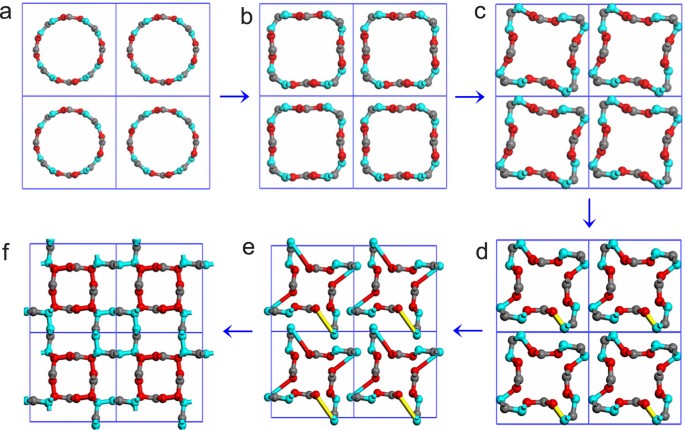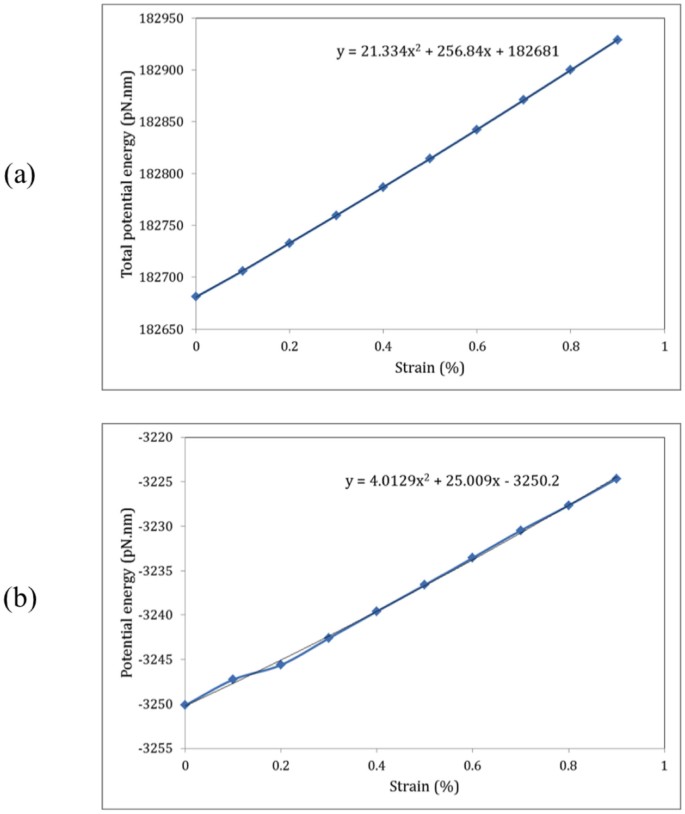

Conversely, THz time-domain spectroscopy can detect the amplitude and phase of the electric field simultaneously, and can measure the electromagnetic response characteristics of metamaterials comprehensively. In addition, the terahertz (THz) applications have been further expanded by the introduction and continuous development of metamaterials, because conventional and natural materials show negligible response to THz radiation. Thus, they have received a great deal of attention from the researchers in physics, materials science, optics, and chemistry. They can be used for a wide range of applications, including the formation of superlens, invisibility cloaks, strain sensors, pesticide sensors, etc.

Metamaterials are carefully constructed materials, usually consisting of various periodically arranged subwavelength structures, that can manipulate electromagnetic waves in unique ways. © 2021 Optical Society of America under the terms of the OSA Open Access Publishing Agreement 1. Our results show that these materials and designed device strategies will aid in developing new terahertz functional devices, such as strain sensors, biochemical sensors, curved surface defect detectors, and wearable terahertz imagers. In addition, we found that the terahertz transmission spectrum changes significantly when analytes or dielectric layers, with different refractive indices, thicknesses, or carrying pore defects, are added on the surface of the carbon nanotubes film or below the polyimide substrate of the flexible metamaterials sensor in the bent state. We observed that the resonant frequency and amplitude modulation can be continuously adjusted when the device is subjected to a small external strain. The proposed flexible metamaterial can achieve the surface plasmon resonance to generate local field enhancement phenomenon, resulting in enhanced resonance transmission peaks. Here, a flexible terahertz metamaterial sensor, based on a subwavelength periodic array structure of carbon nanotube thin films, is reported.
HOW TO MAKE CNTS IN MATERIALS STUDIO FREE
The advantages of carbon nanotube-based materials and devices in terms of weight, cost, and flexibility of free bending, make them of great use for flexible terahertz metamaterials and devices. The inherent limitations of metal-based metamaterials are the key factors limiting the rapid development of the field of flexible terahertz metamaterials. Note: Author names will be searched in the keywords field, also, but that may find papers where the person is mentioned, rather than papers they authored.Use a comma to separate multiple people: J Smith, RL Jones, Macarthur.Use these formats for best results: Smith or J Smith.For best results, use the separate Authors field to search for author names.Use quotation marks " " around specific phrases where you want the entire phrase only.Question mark (?) - Example: "gr?y" retrieves documents containing "grey" or "gray".Asterisk ( * ) - Example: "elect*" retrieves documents containing "electron," "electronic," and "electricity".Improve efficiency in your search by using wildcards.Example: (photons AND downconversion) - pump.

Example: (diode OR solid-state) AND laser.Note the Boolean sign must be in upper-case. Separate search groups with parentheses and Booleans.Keep it simple - don't use too many different parameters.


 0 kommentar(er)
0 kommentar(er)
